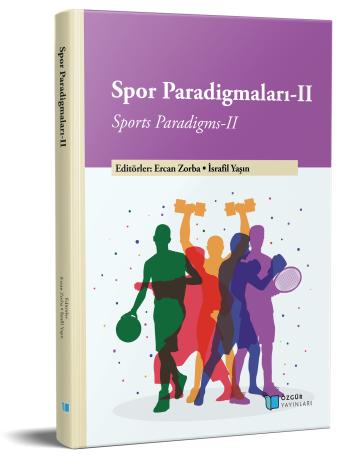
Assessment of Agility in Terms of Performance
Chapter from the book:
Zorba,
E.
&
Yaşın,
İ.
(eds.)
2023.
Sports Paradigms II.
Synopsis
Although the concept of agility is traditionally associated with biomotoric features such as strength, balance, speed and changes in direction, these physical features alone are not sufficient in the measurement of agility, as scientific studies have shown today. Sensory-cognitive factors are also important components that complete the concept of agility. Therefore, for a more comprehensive understanding of agility, sensory and cognitive abilities such as perceiving, anticipating, reading the game, making decisions and knowing movement patterns should also be evaluated. Sensory-cognitive factors are critical components that affect a person's ability to perceive and understand their environment and their decisions to act. For example, an athlete must be able to make quick decisions and accurately perceive movements in his environment in rapidly changing game conditions. Such capabilities enable agility to succeed in real-world applications. According to scientific studies, various tests and evaluation methods are being developed to evaluate sensory-cognitive agility characteristics. These can be tests that measure mental processes such as visual perception, auditory perception, memory, reaction speed, learning ability, decision making ability. In addition, various tasks and simulations can be used to assess the ability of athletes to recognize movement patterns and apply them at the appropriate time. The aim of this study is to evaluate the definition of agility and its importance on performance.

